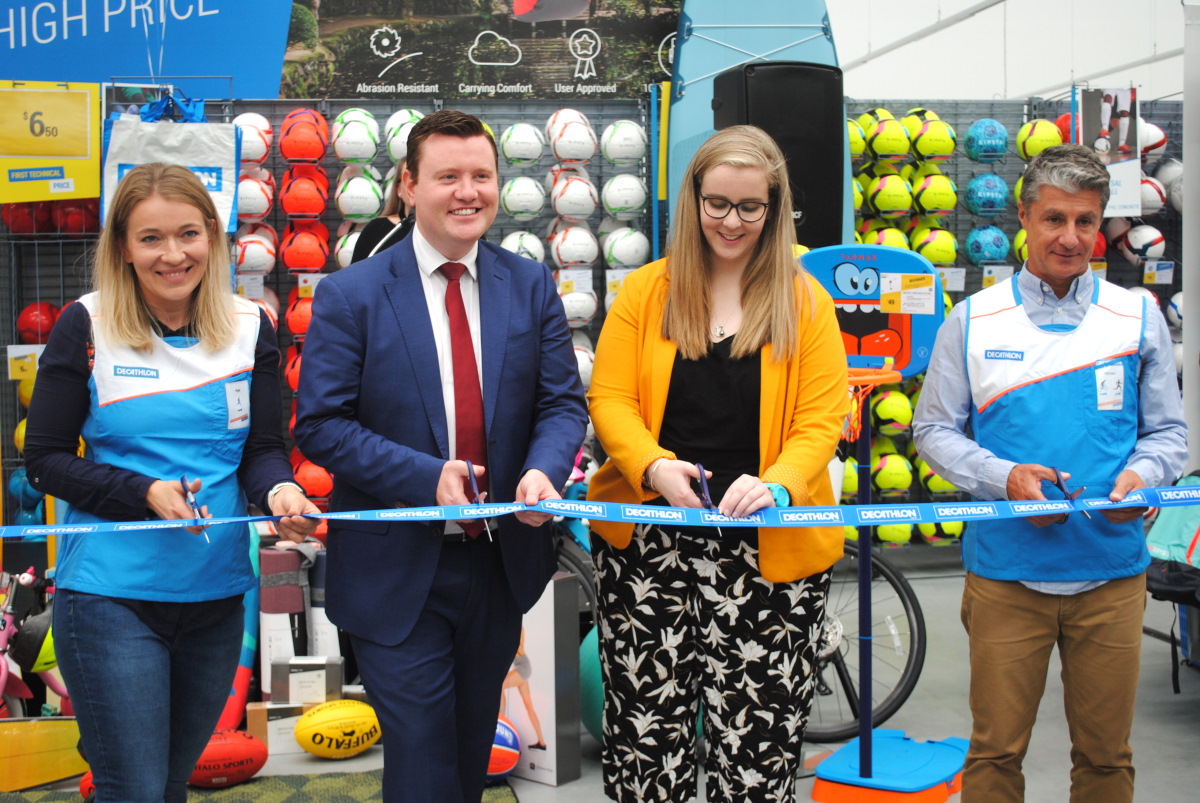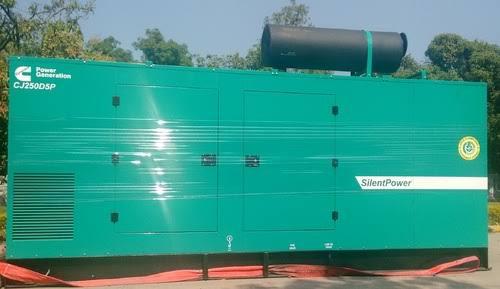Decathlon Group: Global sporting brand opens its third store
- Written by Tess Sanders Lazarus

International sporting brand Decathlon today opened its much anticipated third store in Victoria. Located at 405 Boundary Road, Moorabbin Airport, the store extends the brand’s footprint across Victoria providing more Victorians with direct access to Decathlon’s warehouses stocked full of high quality affordable sporting gear.
In addition to the opening of Moorabbin, Decathlon also announced its first formal partnership initiative with Genesis Fitness. The partnership will see Decathlon customers being able to purchase items online through Decathlon’s website www.decathlon.com.au
As the ‘click and collect’ partnership evolves, more Genesis Fitness sites are expected to be added to Decathlon’s sales framework nationally.
Today’s store opening forms part of Decathlon’s expansion plans for Australia. Arriving in Australia in 2017, Decathlon opened its first store in Tempe, New South Wales (NSW) and has since opened a further store in Auburn, NSW and now three stores in Victoria. Further stores are slated for other states in the coming years. Since opening in Australia, Decathlon has enjoyed strong success both instore and online.
The brand is one of the world’s largest sporting retailers, often likened to the Ikea of sporting goods, and originates from France. With over 1600 stores across the globe in 50 plus countries and more than 80,000 staff worldwide, Australia is now well and truly part of Decathlon’s growing worldwide presence and has already made a significant impact in the Australian market with its own brand of high quality products at affordable prices.
“We are really excited to open our third store in Victoria, in Moorabbin, and to be expanding our presence across Australia,” CEO of Decathlon Australia, Mr Olivier Robinet said today.
“Building on the success of our website and strong performance of our new stores in Sydney and Melbourne, we want to maintain the momentum by opening further stores across Australia every year. The people of Australia have embraced our brand and we are excited about this.
“The opening of our Moorabbin store confirms our commitment to the Australian market and demonstrates our passion to share our wonderful brand with as many Australians as possible.
“In keeping with our generous warehouse design, the new Moorabbin store is around 4000 square metres in size, represents over 70 sports and carries more than 7,000 different products, with walls and aisles lined with an endless array of unique and innovative items.
“Our new partnership with Genesis Fitness offering ‘click and collect’ services means that we are also able to make our products accessible to those who don’t have time to pop out to one of our stores.
“For people working in the Melbourne CBD, they can simply buy our products online using our friendly website and collect the items from our ‘click and collect’ partner.
“Australians are some of the most active people in the world, the whole country is like a playground! Prior to our arrival, many Australians had to spend hundreds of dollars to get a quality product. Decathlon has now changed this.
“We offer high quality products at affordable prices with great service and interactive experiences in store. Customers can try and test out our wonderful products in our ‘active zones’ and even take products home to try them for up to a week.
“We employ many local staff and our whole team is focused on assisting customers to fall in love with sport and benefit from our great products, affordable prices and wonderful service.
“Across Australia, not only are we making sport more accessible, we are making jobs more accessible. Each of our stores employs up to 100 people. We also source services through local suppliers.”
In addition to Decathon’s extensive range of affordable high quality sporting products, the brand is also focused on supporting the local community. The front of each store includes a large community sporting area where sporting clubs can showcase their sports and undertake sign up days. An additional area also enables local sporting organisations to host BBQs and other events for fundraising.
Decathlon is member warehouse and membership is free. Shoppers simply sign up in store. Anyone can visit Decathlon but they must be a member to purchase products.
“We have fallen in love with Australia, and the people of Australia are falling in love with Decathlon. We are all about contributing to the local community and assisting Australians to participate in sport. We are fun, engaging and full of passion,” Mr Robinet added.
“At Decathlon, we are great innovators. We have research and development facilities all over France to develop the latest innovative designs, registering up to 40 patents per year. Our Australian customers are loving all of our amazing innovative new products that we design and they are very affordable.
“At Decathlon, we believe that all products should be of premium quality in order to make sport more accessible to the everyday Australian.
“Sport is a key ingredient for good health, good relationships and community engagement and we are excited to be part of the Victorian community. Victorians are passionate about sport and so are we.”







